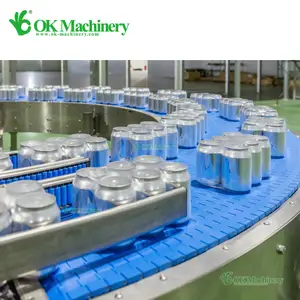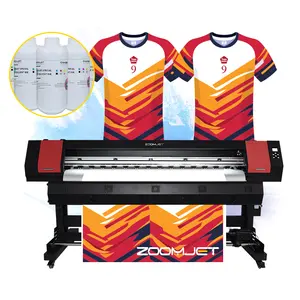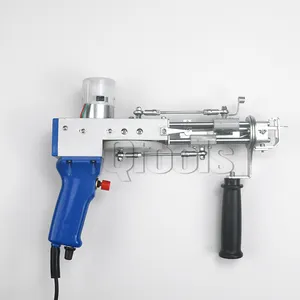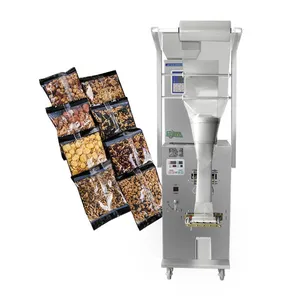Popular in your industry











































































Related Searches:































































































































Top categories
About cheese cup filling machine
Introduction to Cheese Cup Filling Machines
Filling machines, essential for packaging operations, vary widely to accommodate different materials and consistencies. Among these, cheese cup filling machines cater specifically to dairy processing industries, offering a streamlined approach to packaging cheese products efficiently.
Types of Cheese Cup Filling Equipment
The selection of a cheese cup filling machine depends on the scale and specific needs of a business. Options range from manual to semi-automatic and fully-automatic systems, each designed to enhance production efficacy. Manual fillers are ideal for smaller operations, while their semi-automatic and automatic counterparts excel in larger-scale environments.
Applications and Features
These machines are not limited to the dairy industry alone. With the capability to handle various viscosities, they are also suitable for creams, pastes, and gels, making them versatile for sectors like cosmetics and pharmaceuticals. The precision and adaptability of cheese cup fillers ensure they meet diverse packaging requirements.
Choosing the Right Machine
Selecting the appropriate cheese cup packaging machine involves understanding the specific needs of your product and production line. Factors such as container size, fill volume, and product consistency play a crucial role in determining the most suitable machine type.
Materials and Advantages
Constructed from durable materials, cheese cup filling equipment is designed to withstand the demanding conditions of food processing environments. The automation of these machines offers a significant advantage over manual filling, enhancing both speed and accuracy without sacrificing quality.
Enhancing Production with the Right Equipment
Investing in the right cheese cup filler can lead to increased productivity. By automating the filling process, businesses can allocate resources more efficiently and increase output, all while maintaining consistency in their product offerings.
















































